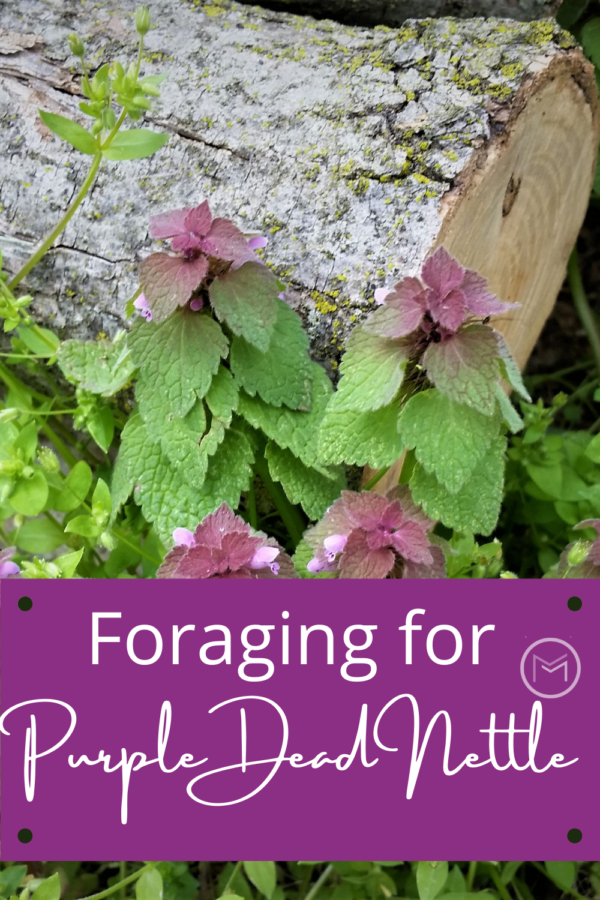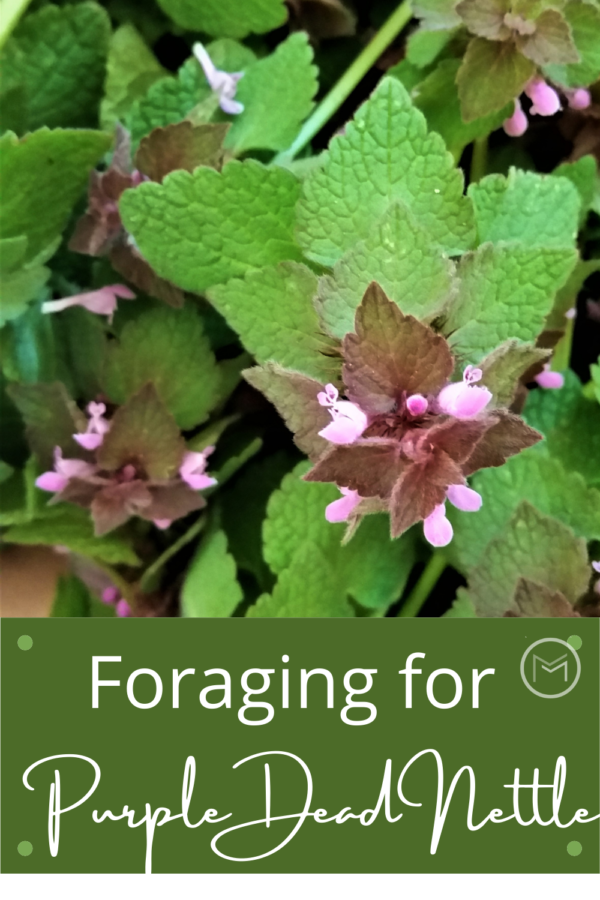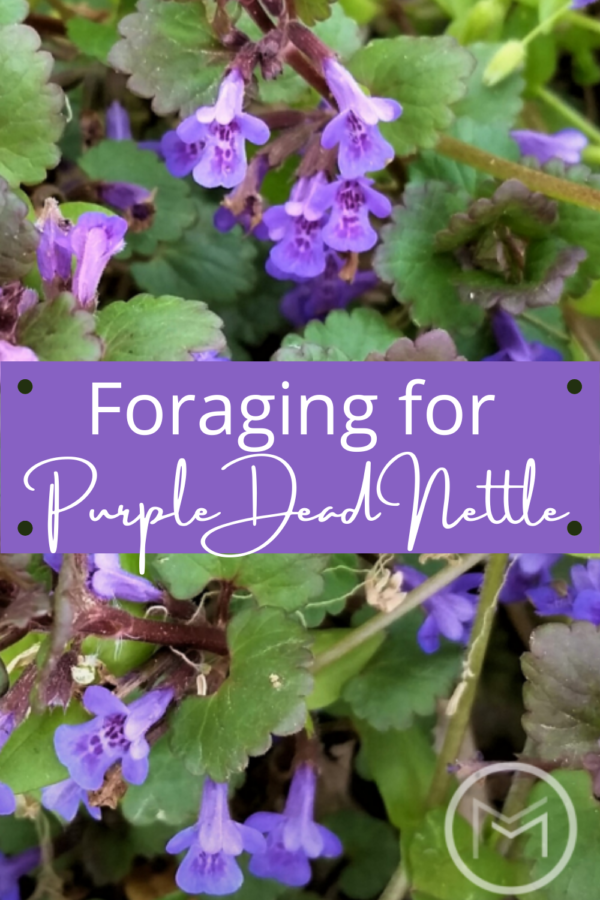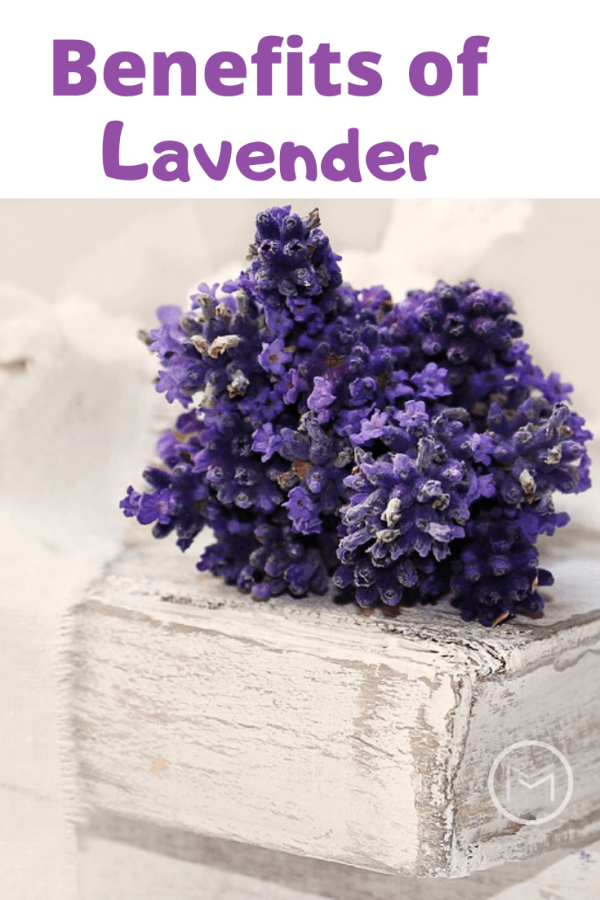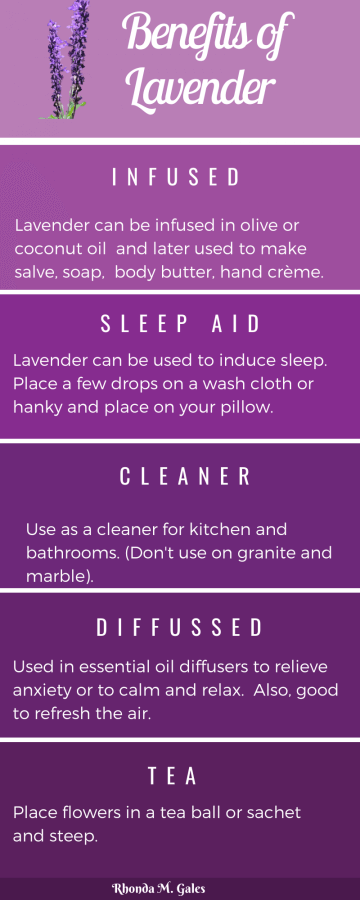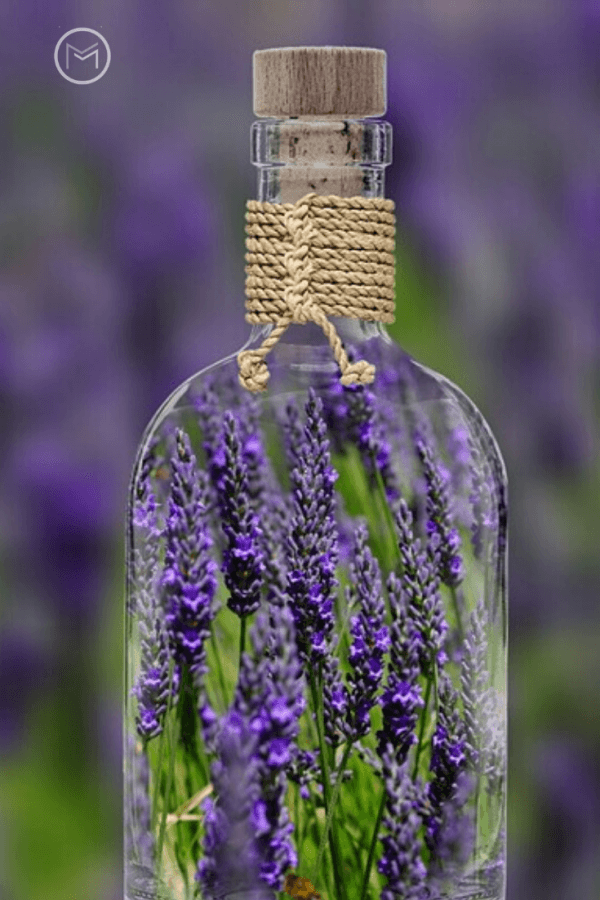Today, I’m sharing gardening tips on Native American herbs and remedies. Native Americans were foremost in medicinal plants and remedy knowledge. The medicine man watched animals and what they ate when they were sick. To ensure they were enough plants for the animals and for their tribe, they picked every third plant.
Furthermore, Native Americans believed in a spiritual life. They believe that a healthy person had to have a sense of purpose. Additionally, they need to live righteously, and have a harmonious and balanced life. Native Americans used different plants and herbs for thousands of years. Before modern medicine remedies were available, the tribes had mastered the use of medicinal plants. Many of their remedies still exist today. Fortunately, many of the plants and herbs can be grown in your backyard.

Native American Herbs:
Blackberries – The Cherokee tribe used blackberries to help calm stomach pain. Today, scientific research has revealed that blackberries are rich in antioxidants. Antioxidants can help reduce stomach pain. Native Americans would grind up the roots and mix them with honey. This resulting recipe would calm stomach problems, reduce coughs, soothe mouth stores, and relieve sore throats. However, today you can simply eat blackberries or make a tea.
Dandelions – Native Americans were the first to use dandelions medically. So, they used dandelion leaves to help alleviate a sore throat. Furthermore, they used dandelions as a diuretic. You can simply make a dandelion tea today. Also, you can make a dandelion salad (where you eat the leaves) to help alleviate a sore throat. Dandelions can be used to make salves, lotions and more too.
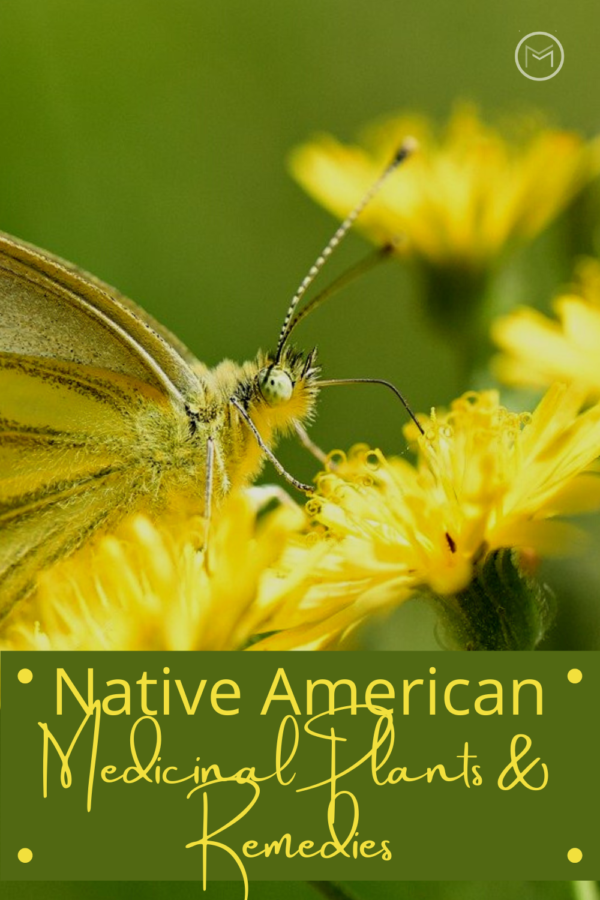
Mint – The Cherokees made mint tea to soothe an upset stomach and to lower high blood pressure. They also made a salve from the leaves to relieve itching skin and rashes.
Rosemary – Rosemary was a sacred plant to Native American tribes. They used Rosemary to alleviate joint pain. Furthermore, Rosemary helps improves memory and circulatory. Some use for the nervous systems problems. It also improves the immune system and treats indigestion.
Lavender – The Native Americans used the scent from lavender to to ease headaches. It was also used in getting to sleep. Making lavender oil is incredibly easy. Simply steep the sprigs in olive oil (or water if you’re in a survival situation).
Yarrow – The Cherokee tribe used yarrows to make tea. To make a tea, you will need to dry the yarrow. Once the yarrow is dried, add a teaspoon to a cup of water. Boil it for 10 minutes, strain the leaves, and enjoy.
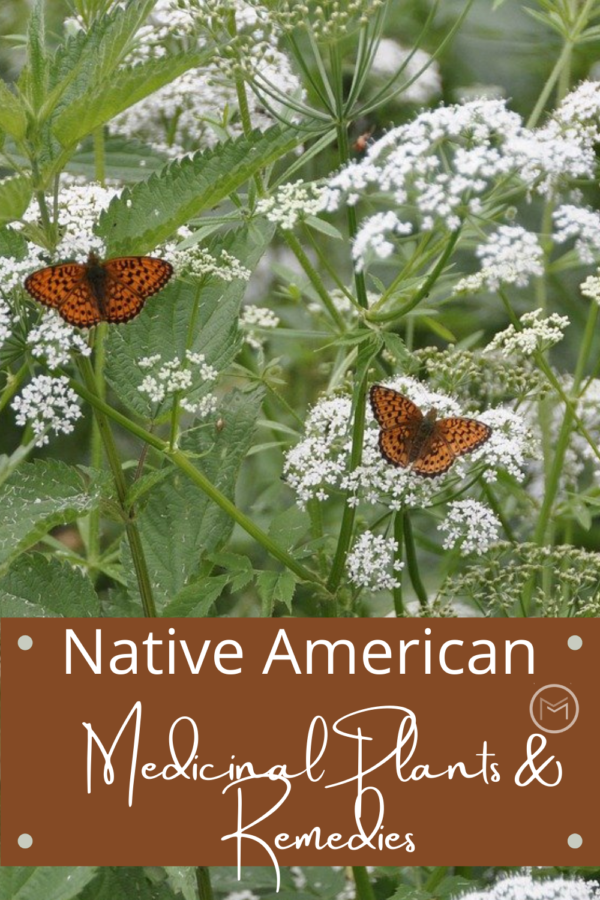
Last, I hope that you found my information on Native American herbs and remedies helpful, and you will start using them to brew teas, infuse oils, make soap, salves and more. Visit your local nursery for plants or grow your own in your backyard and start creating your own medicinal garden.
